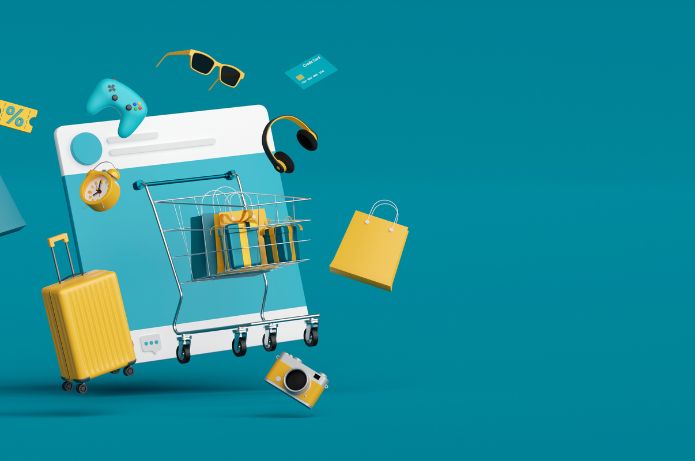A survey conducted by the Locomotiva Institute and PwC revealed that 88% of Brazilians have already used some technology or trend applied to retail. The study highlights that buying in marketplaces is the most adopted trend, with 66% of membership, followed by withdrawal in physical stores after online purchase (58%) and automated online service (46%).
The survey also showed that nine out of ten consumers prioritize brands that offer pleasant shopping experiences, practicality in delivery and actions aimed at sustainability. Renato Meirelles, president of the Locomotiva Institute, points out that Brazilians still buy a lot in physical stores, despite preferring to purchase certain products over the internet.
Although physical stores remain the most frequent experience, some products already have a predominance of online shopping, varying according to the category. Electronics and various courses have greater adherence to e-commerce, while supermarkets, building materials and hygiene and beauty products are still more purchased in physical stores.
In parallel, the e-commerce application market is on the rise.According to Adjust's annual Mobile App Trends report, there has been an increase of 43% in installations and 14% in virtual commerce app sessions in 2023. Bruno Bulso, COO of Kobe Apps, states that this growth reflects consumers' growing preference for mobile shopping experiences.
Latin America stood out by registering an increase in the average time spent per session in e-commerce apps, contrary to the global trend.In addition, Shein's leadership in the ranking of the most downloaded applications in the world highlights the need for brands to expand their digital channels for applications.
Brazil, ranked as the fourth country in the world with the most app downloads in 2023, demonstrates the growing importance of mobile devices in the lives of Brazilian consumers. Experts point out that the omnichannel journey, integrating physical stores and applications, is a determining factor for the finalization of purchase and consumer loyalty.


